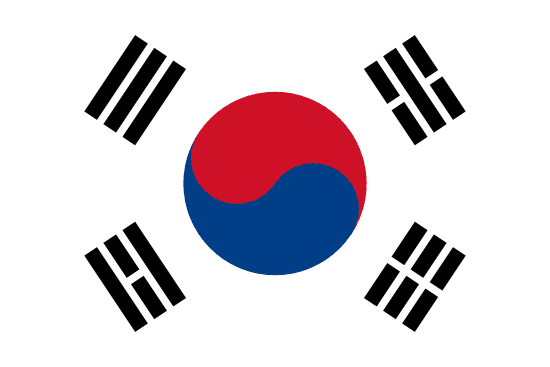"제주도, 한라산, 바다 그리고 바람 | Jeju Island, Hallasan, Sea and Wind"
About:
Jeju City, the capital of Jeju Province in South Korea, was officially founded in 1955. The region has a rich history dating back to the Three Kingdoms Period (57 BC-668 AD). Jeju City has grown from a small island community to a significant tourist destination, known for its natural beauty, including Hallasan Mountain and Jeju Volcanic Island and Lava Tubes, both UNESCO World Heritage Sites. The city's economy is largely based on tourism, agriculture, and fishing.
When to visit:
Jeju City, located in South Korea, experiences a subtropical climate with distinct seasons. The best time to visit Jeju City is during the spring season, from April to June, when the weather is mild and cherry blossoms bloom throughout the city. Another ideal time to visit is during the autumn months of September to November when temperatures are comfortable and the fall foliage is stunning. It is recommended to avoid visiting Jeju City during the summer months, from July to August, as it can be hot and humid with frequent typhoons.
When to avoid:
Traveling to Jeju City on a holiday during the peak summer months of July and August is considered the worst time due to the high influx of tourists and humid weather conditions. The island experiences crowded attractions, long waiting times, and inflated prices during this period. It is advisable to avoid traveling to Jeju City during major Korean holidays such as Chuseok and Lunar New Year, when local tourists flock to the island, further exacerbating the congestion. To ensure a more pleasant and cost-effective travel experience, it is recommended to visit Jeju City during the shoulder seasons of spring (April to June) or fall (September to November).
Winter Season (Dec-Feb)
The coldest and wettest period in Jeju City, South Korea, is January to February. Temperatures range from -2°C to 8°C, with an average of 5°C. This period sees about 60mm of rainfall, with January being the wettest month. The city experiences an average of 5 hours of sunlight per day, with cloud cover being relatively high. An average day for a visitor might involve bracing the chilly weather and occasional drizzles. However, the city's winter charm, with snow-capped Hallasan Mountain and serene landscapes, offers a unique experience.
"Jeju Summer (June-August)"
The warmest part of the year in Jeju City, South Korea, occurs from June through August, with July being the hottest month. During this period, the average high temperature ranges from 28°C to 31°C (82°F to 88°F), while the average low temperature is around 24°C (75°F).
Rainfall is significant in this period due to the East Asian monsoon, with July being the wettest month. The average rainfall in these months ranges from 150mm to 300mm. This might lead to some days of heavy downpour, but it also contributes to the lush greenery of the island.
Despite the rain, there are still plenty of sunny days. The average daily sunshine hours range from 5 to 7 hours. However, the humidity is quite high, often exceeding 80%, which can make the heat feel more intense.
The sky is usually partly cloudy, with cloud covering ranging from 40% to 60%. This means you can expect a mix of sun and clouds most days.
For a visitor, a typical day during this period would feel hot and humid, especially in the afternoon. Mornings and evenings are slightly cooler and more comfortable. The high humidity can make the air feel heavy, and perspiration is likely. Rain showers or thunderstorms can occur, typically in the afternoon or evening, but they often pass quickly, leaving fresher air behind. Despite the occasional rain, there's still plenty of sunshine for outdoor activities.
Language:
Jeju City, the capital of Jeju Province in South Korea, predominantly speaks Korean, the official language of South Korea. However, the local population also speaks Jeju, a Koreanic language distinct from standard Korean. English is also understood in some areas due to tourism.




